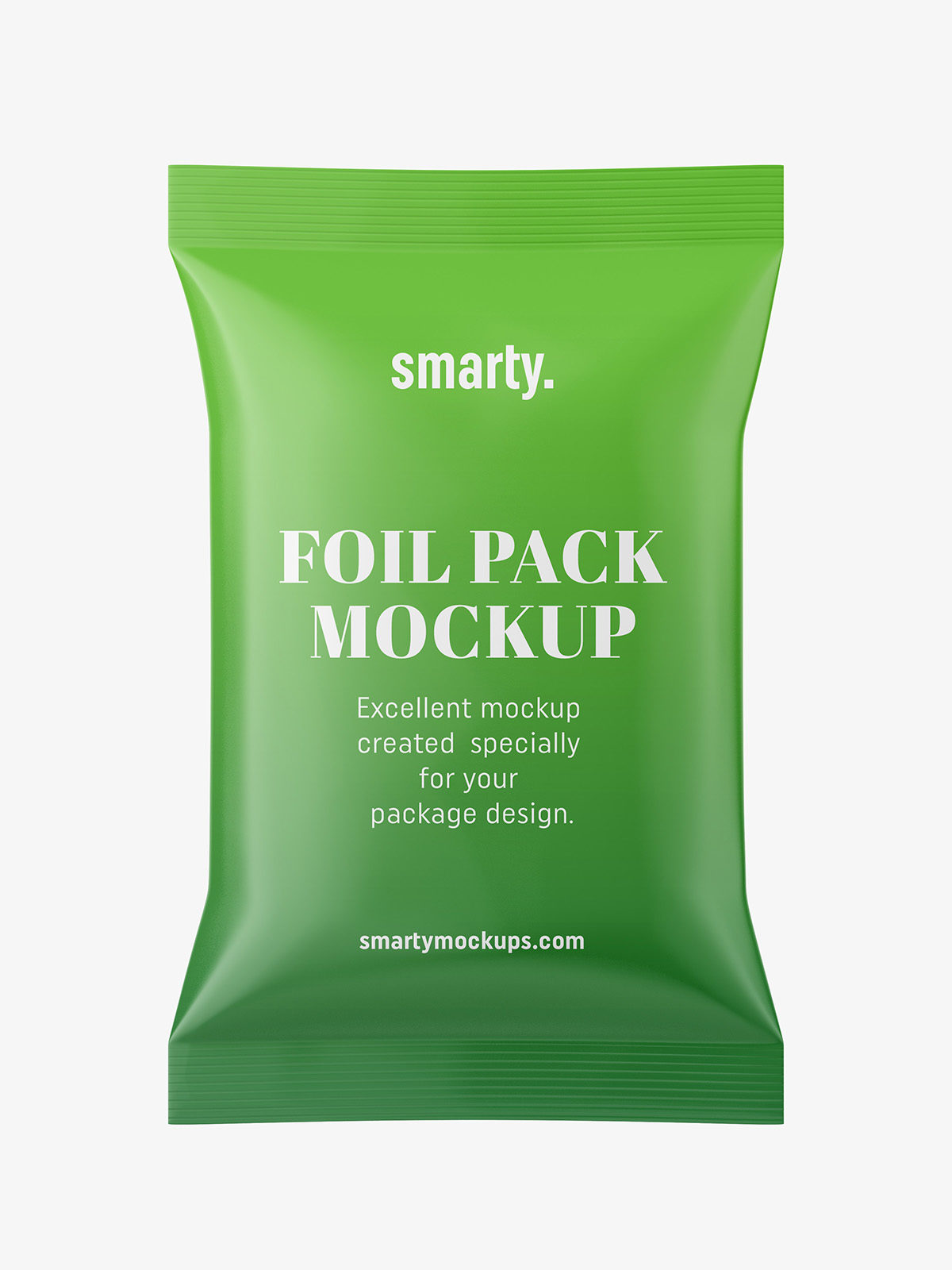
Pack Mockup: The Ultimate Guide to Design and Showcase Your Packaging
Introduction
Packaging plays a crucial role in product branding, protection, and user experience. Creating visually appealing and informative packaging designs is essential for businesses to capture attention, convey brand identity, and drive sales. Pack mockups provide an invaluable tool for designers, marketers, and product manufacturers to visualize and present their packaging concepts before committing to production.
What is a Pack Mockup?
A pack mockup is a digital or physical representation of a packaging design that accurately mimics its final appearance. It allows users to see how their designs will look on different packaging formats and materials, and to make adjustments accordingly. Pack mockups can be created using various software programs or by using physical prototypes.
Types of Pack Mockups
There are two main types of pack mockups:
- Digital Pack Mockups: These are created using design software like Adobe Photoshop or Illustrator. They offer flexibility and allow for quick prototyping and iteration.
- Physical Pack Mockups: These are physical models of packaging that are produced using materials like paper, cardboard, or plastic. They provide a more realistic representation of the final product.
Benefits of Using Pack Mockups
Pack mockups offer numerous benefits, including:
- Visualization and Presentation: They provide a tangible and realistic representation of packaging designs, allowing stakeholders to visualize and assess them before production.
- Design Iteration: Mockups enable designers to make iterative changes and evaluate different design options, ensuring the final product meets the desired specifications.
- Marketing and Sales: High-quality pack mockups can be used for marketing materials, such as brochures, websites, and presentations, to showcase the packaging design and generate interest.
- Production Planning: Mockups help in planning the production process by providing accurate dimensions, material specifications, and print requirements for manufacturers.
- Customer Feedback: Mockups can be shared with potential customers or focus groups to gather feedback and refine the design before investing in production.
Creating Digital Pack Mockups
Digital pack mockups can be created using design software that supports 3D modeling and rendering. The process typically involves:
- Importing a Die Line: A die line is a vector drawing that outlines the size and shape of the packaging. It can be obtained from a packaging supplier or created using design software.
- Building the 3D Model: The die line is used to create a 3D model of the packaging in the software. This model can be manipulated and edited to create different designs.
- Applying Textures and Graphics: Textures and graphics, such as logos and product images, are added to the 3D model to create a realistic representation of the packaging.
- Rendering: The 3D model is rendered to create high-resolution images or videos that showcase the packaging design.
Creating Physical Pack Mockups
Physical pack mockups are typically created by prototyping companies using materials similar to those used in actual packaging production. The process may involve:
- Building a Die: A die is made based on the packaging design, which is used to cut the material for the prototype.
- Cutting and Assembling: The material is cut and assembled to form the shape of the packaging.
- Applying Finishing: Coatings, laminates, or other finishing effects are applied to enhance the appearance and durability of the mockup.
Choosing the Right Pack Mockup
The choice of pack mockup depends on the specific requirements and available resources. Digital mockups are cost-effective, offer flexibility, and are suitable for prototyping and quick iterations. Physical mockups are more expensive but provide a more accurate representation of the final product and are ideal for presentations and customer feedback.
Best Practices for Pack Mockup Design
To create effective pack mockups, consider the following best practices:
- Use High-Resolution Images: Ensure that all images and graphics used in the mockup are high-resolution to present a sharp and professional appearance.
- Pay Attention to Lighting: Lighting plays a crucial role in highlighting the details of the packaging design. Use realistic lighting conditions to create an aesthetically pleasing mockup.
- Consider the Target Audience: Design the mockup with the target audience in mind. Consider their preferences and what would appeal to them.
- Get Feedback: Share the mockup with stakeholders, potential customers, or a focus group to gather feedback and make necessary adjustments.
FAQ
Q: What is the difference between a pack mockup and a prototype?
A: A pack mockup is a visual representation of a packaging design, while a prototype is a physical model that provides a more accurate representation of the final product in terms of materials and functionality.
Q: How much does it cost to create a pack mockup?
A: The cost of creating a pack mockup varies depending on the complexity of the design and the choice of digital or physical mockup. Digital mockups are generally less expensive, while physical mockups can be more costly.
Q: What is the best software for creating pack mockups?
A: Adobe Photoshop and Illustrator are popular software options for creating digital pack mockups. For physical mockups, prototyping companies use specialized design and manufacturing software.
Q: How do I create a pack mockup for my custom packaging?
A: You can either create a digital mockup using design software or partner with a prototyping company to produce a physical mockup. If creating a digital mockup, obtain a die line from your packaging supplier and use 3D modeling and rendering software to create the mockup.
Q: Can pack mockups be adjusted after creation?
A: Yes, pack mockups can be adjusted after creation, especially in the case of digital mockups. Designers can make changes to the design, textures, or graphics and render new images as needed. Physical mockups may require more effort to modify, depending on the materials and finishing effects used.





